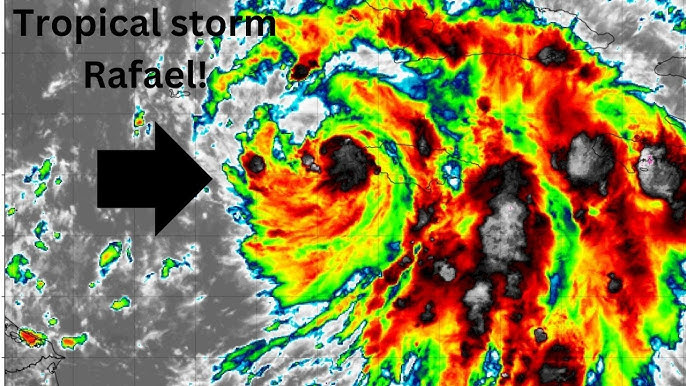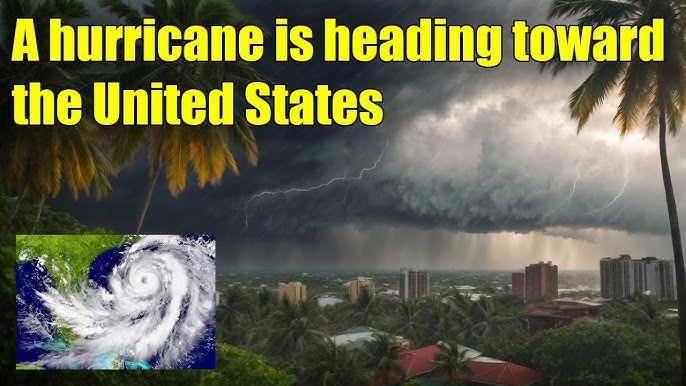Hurricane Rafael Knocks Out Cuba’s Power Grid: A Wake-Up Call for the Caribbean aslo as many life where lost…
Hurricane Rafael has made a devastating impact on Cuba, knocking out the power grid across much of the island and leaving thousands without electricity. As the storm barreled through Cuba, it left behind a trail of destruction in its wake, including widespread flooding and damaged infrastructure. Authorities are scrambling to restore power and provide aid to affected regions, while residents brace for what comes next.
The timing of the storm couldn’t be worse. As Cuba has already been struggling with economic challenges and the ongoing effects of the COVID-19 pandemic, Hurricane Rafael has further strained the island’s resources. However, the Cuban government has responded quickly, deploying emergency response teams to hard-hit areas. The focus now is on restoring power, clearing debris, and providing food and shelter to those in need.
As Rafael moves into the Gulf, meteorologists are keeping a close eye on its trajectory. While it may not intensify significantly, its unpredictable path has raised concerns about its potential impact on other countries in the region.
A Changed Path: Hurricane Rafael’s Unexpected Journey Through the Gulf
While Hurricane Rafael initially made landfall in Cuba as a Category 2 storm, its path has taken an unexpected turn as it moves toward the Gulf of Mexico. Initially expected to follow a typical hurricane track through the Caribbean, the storm has now shifted course, heading westward into the Gulf—taking many by surprise.
This shift in direction has weather experts revising their predictions. While it is still too early to determine the storm’s exact strength as it continues to move over the warm waters of the Gulf, the potential for Rafael to grow into a major storm remains a serious concern. Coastal cities across the Gulf region are now bracing for potential heavy rainfall, high winds, and storm surges.
The path of Rafael also highlights the unpredictable nature of tropical storms. As meteorologists warn, there is always a degree of uncertainty when it comes to forecasting hurricanes, especially when they change direction unexpectedly, as Rafael has done.
Cuba’s Power Grid on the Brink After Hurricane Rafael’s Devastation
The island nation of Cuba has faced a challenging aftermath as Hurricane Rafael made its way through the Caribbean. A direct hit to Cuba’s power grid has left much of the island without electricity, and efforts to restore power have been slow due to the extent of the damage. Power outages, fallen trees, and broken utility poles are just a few of the challenges that restoration crews are grappling with.
The Cuban government has mobilised emergency response teams, working to clear debris and repair infrastructure. However, the widespread nature of the damage means that many regions are expected to remain without power for days, if not weeks. Meanwhile, authorities have been focused on providing relief to those who have been displaced by the storm, with shelters and food distribution centres set up across the country.
While the storm’s initial impact on Cuba was severe, it also serves as a reminder of the vulnerability of island nations to natural disasters and the urgent need for improved infrastructure to withstand future storms.
Will Hurricane Rafael strengthen in the Gulf?
As Hurricane Rafael makes its way into the Gulf of Mexico, there is growing concern over the potential for the storm to intensify. Meteorologists are closely monitoring the storm’s movement over the warm waters of the Gulf, where conditions are favourable for further strengthening. While it has already weakened slightly after its passage over Cuba, the storm is expected to pick up steam as it moves towards the U.S. coastline.



